I’M JUST CURIOUS: A few hints
 by Debbie Walker
by Debbie Walker
Tonight, I am going to share some suggestions for the home mostly but there may just be some general information, too. Of course, I will have to tell you what my baby great-granddaughter has been up to recently as this morning.
At 18 months old, Addison Grace can now tell you, her name. She is building quite a vocabulary. Maybe it’s part of the aging process but I swear I think that child is growing faster and is very smart. Addi doesn’t have to go to daycare or a sitter and her mother and she do some amazing communicating. It is fascinating for me to watch the process.
Today I was thumbing through my First magazine, November issue, I found some things I found interesting. One page titled “life smarts” had some common sense help I decided to share with you. A lady suggested using vinegar for cleaning. Mix 2 tablespoons of vinegar into a gallon of water for wiping down bathroom surfaces. They even suggested using a drop or two of essential oil to the inside of the toilet paper tube, each time used it will throw out a little bit of scent. (You can also stuff the toilet paper tube with a dryer sheet for scent.)
There was a paragraph about dryer sheets. They can be used to clean wood furniture and floors. You can also attach a dryer sheet to a broom with a rubber band.
Some time ago I read about birds’ needs for the winter and water is one of them. You cover the bottom of your bird bath with a black plastic bag, pour in some water, and then add 2 or3 tennis balls. The wind will blow the balls around to keep ice from forming.
Butter uses:
Calm a cat with butter. You put it on his/her feet. Licking it off will keep Kitty distracted when upset or nervous. Also, the butter will help out with hair balls.
Ring stuck on? Rub the butter on your finger around the ring. It will slide off easily.
Crafting, using white glue. The bottle of glue falls over and it leaks on table without notice and hardens. To remove pour a bit of vinegar on a cloth. Rub over the spot. It will dissolve.
Itchy scalp: Mix 1/2 cup of mashed pumpkin and 2 tablespoon of brown sugar together and rub onto damp scalp for 2 minutes, then rinse. (I kind of wonder what happens if you have white hair or very blonde. Do you wind up with orange hair?)
To pot new plants, use 1/2 non-clumping kitty litter and half potting soil. The kitty litter will hold some of the moisture and releases when needed.
If you don’t have static guard, you can use hair spray. Spray your clothing on the inside. I have done this one and it does work. I would check some where it won’t be visible. Better safe than sorry.
Got a sticky spot where a sales ticket was, hairspray to the rescue! Just spray the ticket, leave for 10 minutes and lift.
I am just curious if you know any new tricks you’d like to share with me. Contact me at DebbieWalker@townline.com. Thank you for reading and have a wonderful week.
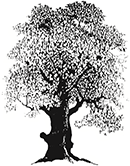





 (NAPSI)—Children and teens are catching and spreading COVID-19 at an increasingly high rate. Even if your child or teen has not yet contracted COVID-19, they are at risk, especially with the low number of vaccinated residents in North Dakota.
(NAPSI)—Children and teens are catching and spreading COVID-19 at an increasingly high rate. Even if your child or teen has not yet contracted COVID-19, they are at risk, especially with the low number of vaccinated residents in North Dakota.





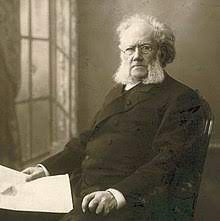
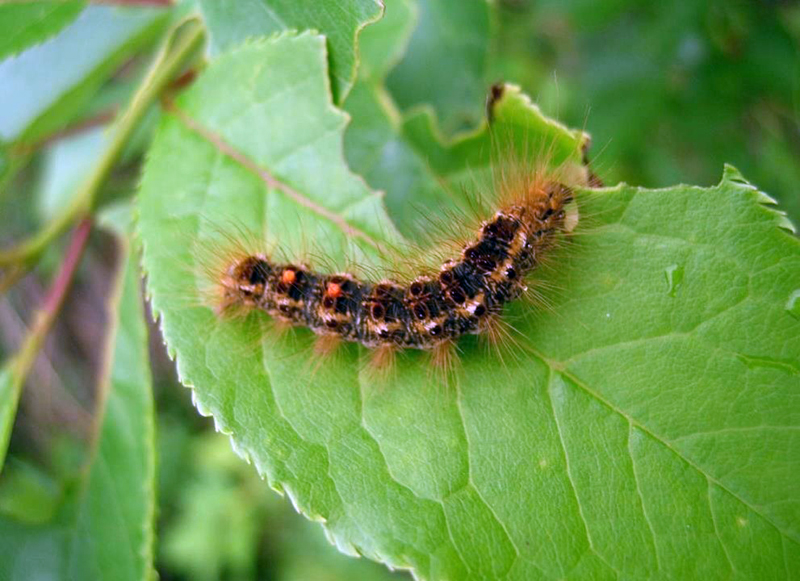


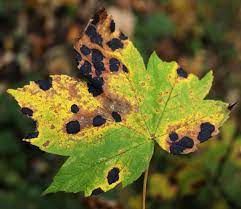
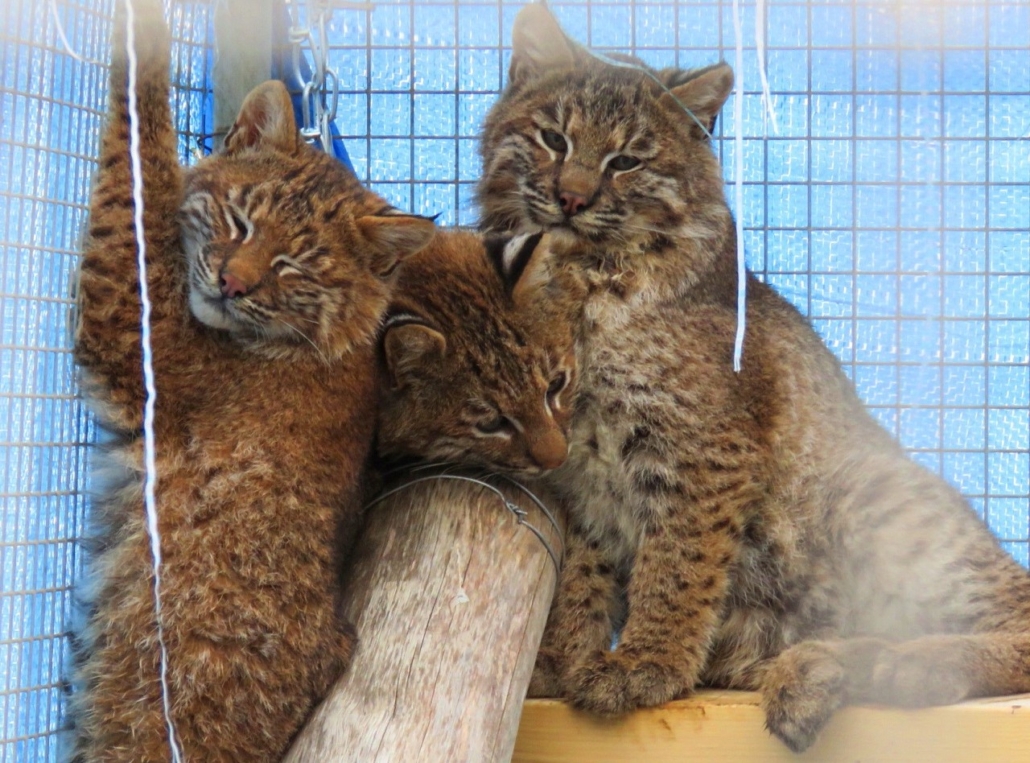
 by Amy Messier
by Amy Messier